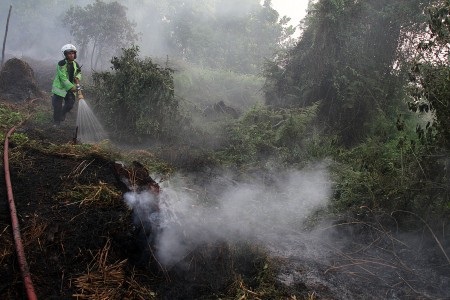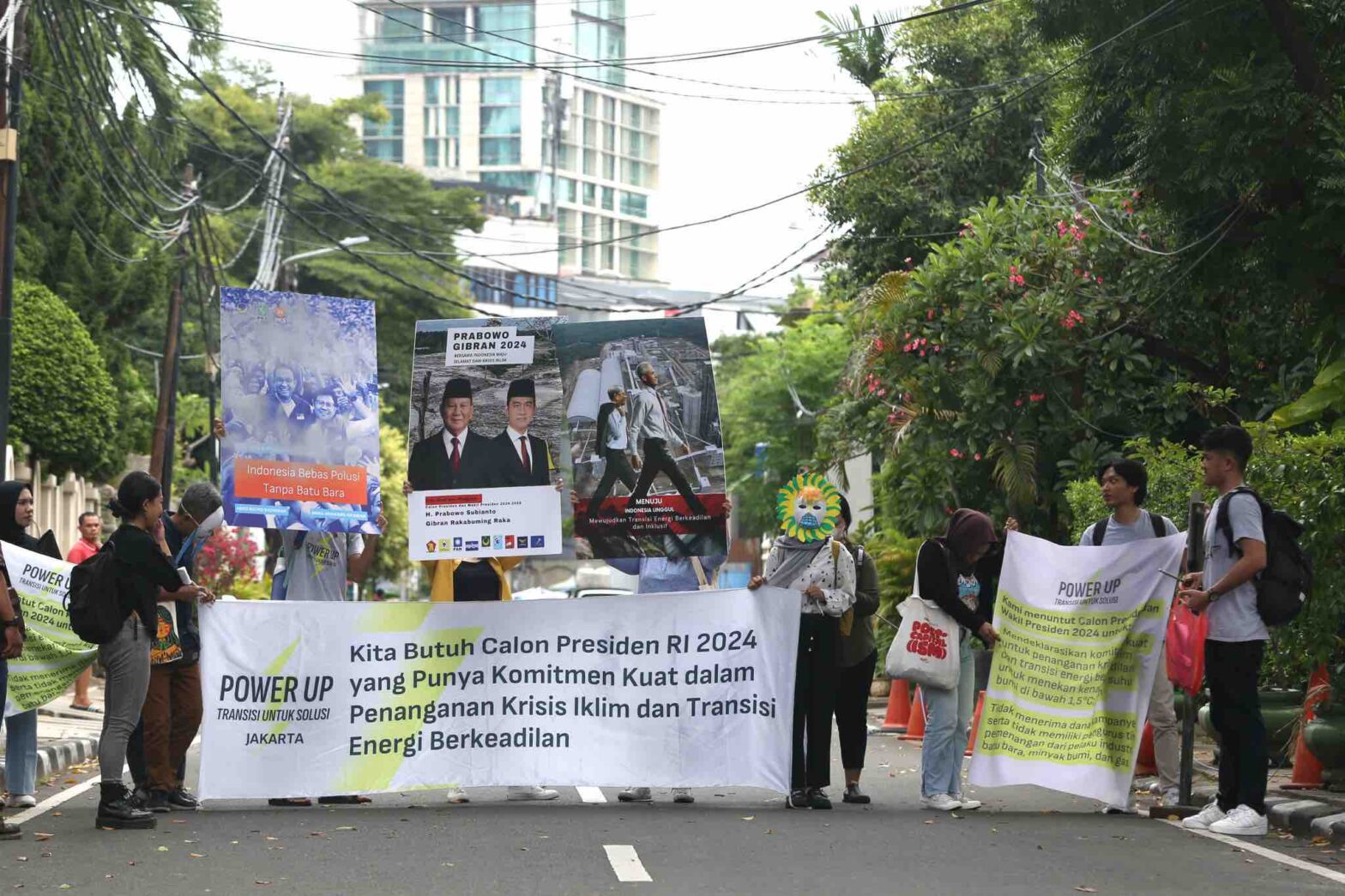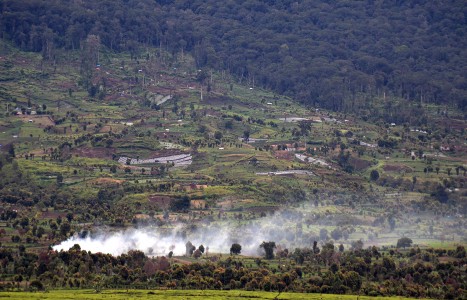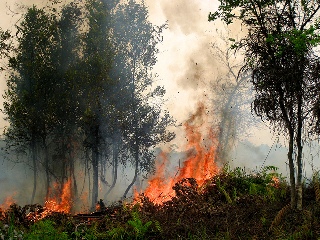Jakarta, Ekuatorial – Ministry of Environment and Forestry will be mapping out the country’s peatlands to determine its functions, whether for conservation or plantation, within two years time, said a senior official, on Wednesday (14/1), in Jakarta.
“We [the ministry] already starting to identify and [conducting] inventory through satellite images to be accurate [on which areas are considered as peats dome]. So, then we will know which ones are for plantation and for conservation,” said Arief Yuwono, deputy for environmental damage control and climate change at the ministry.
With 20 millions of hectares, Indonesia has the largest tropical peat in the world which predicted to be able to store 46 Gigatons (GT) of CO2e or around 8 to 14 percent carbon in the world. However, it has been managed poorly for the past thirty years, resulted to at least 2,6 million hectares of peats are badly damaged in Sumatra island alone. In addition, bad management of peatland has been contributing to the country’s ‘annual’ forest fires and carbon emissions.
Furthermore, Yuwono said that if based on the inventory, concessions were located at peat domes then they must moved out from the areas. “We have no intention to ‘killing business’ but sustainable development principles must be applied,” he said. “We will set up [similar to] watershed management where the dome will be secured and the middle and upstream [of the peat] will be well managed.”
He said that many of companies only consider their areas based on concessions location but ignore its ecological function, such as Riau. “So, if it’s on [peat] dome then they must go,” he said firmly.
During the inventory, he said, companies which already granted permits for plantation in peatlands can still continue their activities. “However, if they already have permits and operating then they would not be able to extend their permits. For those who already have permits but have yet to begin any activities are given two years to manage its water management. If they fail, then permits will be revoked,” he said citing on the 2014 Government Regulation on Peatland Ecosystem Protection and Management.
Joko Supriyono, secretary general of Indonesian Palm Oil Association or Gapki, said that companies would always consider water management when opening plantations in peatlands.
“There is no need for international guidance, it’s just common practice. Once they’ve opened lands, they would have already managed its water because key success for plantation in peatlands is water management,” said Supriyono. “It means that water is not an issue anymore [for turning peatlands for plantations] because technologies are advancing to support peatland management.”
No revision for peatland’s government regulation
Amid strong rejections over government regulation on peatlands, Hadi Daryanto, secretary general of ministry of environment and forestry, underlined that there will be no revisions though he added that opportunities were still wide open for changes as long as it was based on scientific argument.
“We would still be implementing this PP but we will also be open to suggestions.We have experiences in revising regulations however we would only do so with scientific reasons,” he said referring to PP 71/2014 on Peatlands Ecosystem Protection and Management. The regulation, issued last year, has been ‘under fire’ as environmental groups and companies protested several of its substances. The first protested that it would damaging remaining peats, meanwhile the latter argued that the regulation would hamper development.
However, Yuwono defended the regulation stating that it had gone through process in accordance to the law and involving different stakeholders, starting from other institutions, experts, companies, even NGOs. “So, we consider that it [the regulation] is already sufficient [to protect and manage peatlands]. It’s down to translating it to local governments,” he said.
But, he did not deny that they were inviting experts to discuss the regulation, especially on the issue of the-0.4 meters-below-the-surface-ground-water-level for plantation at peatlands. “We are inviting experts to talk about the 0.4 [meters]. We haven’t decided [to revise it], we are still hearing more inputs,” he said. Th regulation stipulated 0.4 meters from ground water level as the limit for plantations to dry out water from peatlands as it is argued as the ‘safe level’.
Supriyono said that the discussion was meant for more clarity as the regulation did allowed for plantation at peatlands. “It is so we have clear [explanations on the regulation]. Is it in sync [with other regulations? But, why there’s [forest] moratorium? What should we?” he said. “It [clear regulation] is good so there would be no more overlapping regulations. [I think] it’s good if [peatland] is made available for plantations, not only oil palm but other commodities.” Fidelis E. Satriastanti



